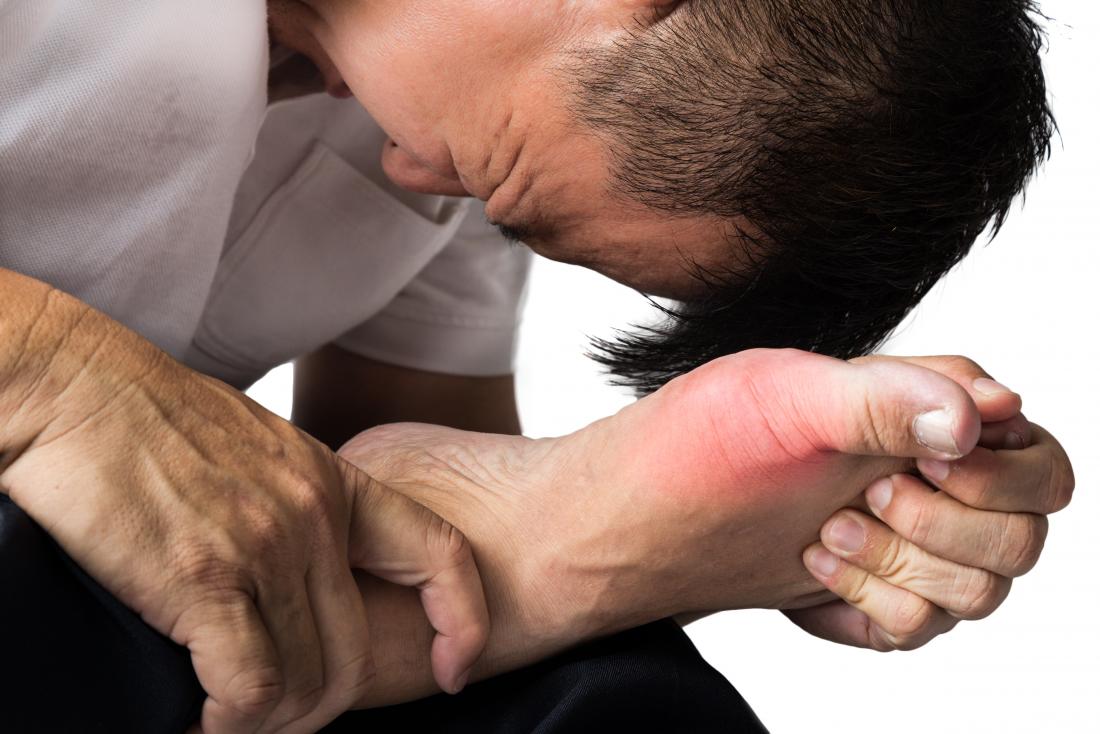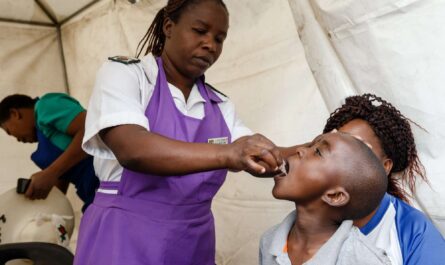Complex regional pain syndrome (CRPS) is a chronic pain condition that usually affects one limb such as an arm or leg. It often develops following an injury or surgery and is characterized by ongoing severe pain that is out of proportion to the severity of the initial injury. CRPS is considered one of the most painful conditions a person can experience.
What is CRPS?
CRPS, previously known as reflex sympathetic dystrophy syndrome (RSD), is a dysfunction of the central and peripheral nervous systems. It typically occurs after an injury, surgery, stroke or heart attack that can trigger a sympathetically maintained pain response in the body. The pain symptoms that arise do not serve any protective purpose and begin to interfere with a person’s normal functioning and mobility.
There are two main types of Complex Regional Pain Syndrome. Type 1, previously called RSD, is not associated with a specific identifiable nerve injury. Type 2, previously called causalgia, is associated with an identifiable nerve injury. While the exact cause is still unknown, CRPS appears to involve both peripheral inflammation and dysfunction of the central nervous system.
Signs and Symptoms
The hallmark sign of CRPS is pain that persists and worsens over time. Common signs and symptoms may include:
– Intense burning pain, often described as severe throbbing or stabbing. It may spread beyond the original site of injury.
– Sensitivity to touch – even light pressure like a bedsheet or wind can trigger pain.
– Changes in skin color or temperature – the affected area may appear flushed, mottled or blue/purple in color and be cooler or warmer than the surrounding skin.
– Changes in sweating – the skin may be either sweatier or drier than usual.
– Swelling or edema of the affected area.
– Stiffness or limited range of motion in the joints.
– Changes in nail and hair growth of the affected area.
The pain associated with CRPS can significantly impact a person’s quality of life, activities of daily living, relationships and mood. It often interferes with sleep, work and overall enjoyment of life.
Diagnosis and Treatment
There is no definitive laboratory test for CRPS, so diagnosis is based mainly on evaluating the signs and symptoms. Multiple diagnostic criteria created by the International Association for the Study of Pain are usually applied when diagnosing CRPS.
The goals of treatment are to reduce pain and improve function. A multi-disciplinary approach is typically recommended which may involve medications, physical/occupational therapy, cognitive behavioral therapy, nerve blocks or implantable pain devices.
Medications commonly used include over-the-counter oral analgesics, anti-seizure drugs, topical creams and nerve pain medications like gabapentin. If medications alone aren’t working, other options are sympathetic blocks which involve injecting local anesthetics to temporarily interrupt pain signals. Deep brain stimulation and spinal cord stimulation may also provide relief.
Physical and occupational therapy techniques focus on range-of-motion exercises and desensitization of the affected area via touch therapy. Cognitive behavioral therapy helps patients better cope with pain and make lifestyle adjustments. In severe, long-standing cases, last resort surgical treatments like a lumbar sympathetic block or amputation may be considered to alleviate pain.
Prevention and Prognosis
Risk factors for developing CRPS include an injury to a hand, foot or major joint and a genetic predisposition to the condition. Steps that may help prevent CRPS include promptly seeking medical attention for injuries, strictly following immobilization instructions and avoiding excessive use of the injured limb too soon after the injury.
The long-term prognosis varies greatly by individual. Studies show over half of patients achieve significant improvement within several years but CRPS can remain chronic in others. Getting early diagnosis and treatment from a multidisciplinary team gives the best chance for long-term management and functional recovery.
While there is no cure for CRPS, ongoing research aims to uncover the mechanisms driving this condition to develop better diagnostic tools and targeted therapies. For now, an integrated treatment plan combined with peer and professional support can help patients cope with ongoing symptoms and maximize quality of life.
*Note:
1. Source: Coherent Market Insights, Public sources, Desk research
2. We have leveraged AI tools to mine information and compile it




